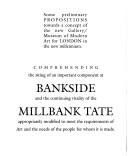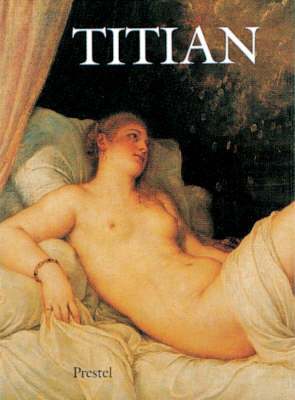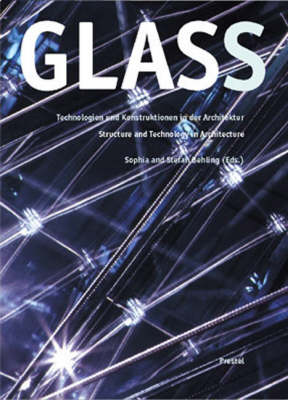Art & Design S.
1 primary work • 5 total works
Book 36
Exploring how artists can bring environmental issues into focus and increase awareness of natural space through artistic interventions, this issue includes Mierle Laderman Ukeles' work as artist-in-residence with the New York City Department of Sanitation; Wolfgang Laib's characteristic pollen and beeswax installations; the special ecological garden created by the Liss Ard Foundation in Southern Ireland which includes James Turrell's Sky Garden; Ian Hamilton-Finlay's use of historical garden forms at Little Sparta in Scotland and a visual and critical presentation of the TICKON project in Denmark - where artists including Alan Sonfist, Nils Udo, Andy Goldsworthy, Giuliano Mauri, Chris Dury and David Nash have been working - which aims for collaboration between artists, environmentalists, ecologists and the community in turning ecological issues into aesthetic issues.
This text is published to coincide with an exhibition in Nantes and Mannheim. It examines Henry Moore's ideas for all types of sculpture that he worked on himself. As he did not physically cast them himself, the book contains none of Moore's bronzes, yet it fully documents his plasters, which were one step away from a final casting in bronze. The main text of the book is the author's analysis of Moore in the context of 20th-century sculpture. Catherine Ferbos-Nakov and Claude Cosneau-Allemande discuss Moore and Surrealism in France. Biographical notes written by Celia Hodart offer insight from one sculptor viewing another's life and work, and contain anecdotes. Information about the included photographs is offered by the Henry Moore Foundation, giving both art historical and personal background information. In his earliest work (1921-39), Moore's ideas were formulated as carvings. He supplemented these with drawings - examples included here date from 1924 to 1980 - and, from the date 1940, with plasters, illustrated with pieces from 1951 to 1982. Moore loved to work with plaster.
He would model it when wet, carve it when dry and then perhaps add handfuls of wet plaster and carve it again in an organic process of correction until he obtained the final form he required. Forming, touching and feeling were of paramount importance in his work. Many of the plasters are "hand held" maquettes, miniatures of works of art that were destined to be many times larger. Moore had a team of assistants who enlarged these maquettes mathematically. The artist then carried out any alterations he desired, ready for the mould to be made at the foundry. The comparative illustrations in this text show Moore's working methods and chart the stages in the creation of his work, from the original drawings to the final sculpture. Perhaps most exciting is the comparison of plaster to the finished bronze.
He would model it when wet, carve it when dry and then perhaps add handfuls of wet plaster and carve it again in an organic process of correction until he obtained the final form he required. Forming, touching and feeling were of paramount importance in his work. Many of the plasters are "hand held" maquettes, miniatures of works of art that were destined to be many times larger. Moore had a team of assistants who enlarged these maquettes mathematically. The artist then carried out any alterations he desired, ready for the mould to be made at the foundry. The comparative illustrations in this text show Moore's working methods and chart the stages in the creation of his work, from the original drawings to the final sculpture. Perhaps most exciting is the comparison of plaster to the finished bronze.
This book documents the first comprehensive exhibition of Italian Renaissance illuminations from collections in Europe and the United States. In the century between 1450 and 1550, Italian miniaturists, in collaboration with scribes and bookbinders, produced a series of masterpieces of book illumination which are still too little known and appreciated. Though working on a smaller scale than the great painters and sculptors of the Renaissance, these illuminators created works characterized by unrivaled standards of quality in materials (including frequent use of gold) and design, and by imaginative symbolism and breathtaking creativity. 137 manuscripts, printed books with hand-painted illustrations and single pages are illustrated in full color, ranging from small prayer books to large choir books, and from Greek, Roman, and Italian literature to collections of fables and historical treatises. Many of these volumes were commissioned by powerful wealthy, and discriminating patrons who included members of the ruling Italian families as well as cardinals and popes and many of whom were also prominent bibliophiles. Among other fascinating issues, the mechanics of patronage, patterns of production, and formation of libraries are discussed in three essays and in the catalogue entries - the latter divided into eight thematic sections - written by noted specialists in the history of Renaissance manuscripts and books. And, of course, we are introduced to the artists themselves - their working habits, characteristic styles, and interrelationships.
A comprehensive work on the master painter of the Italian Renaissance. This illustrated volume combines commentary from art historians along with colour reproductions of the artist's frescoes, portraits and altarpieces which reflect conservation efforts. Essays from 16 scholars explore every aspect of Titian's life and art, and more than 75 masterpieces are closely analysed and accompanied by full-colour plates. The book also features a comparative chronology as well as a section devoted to a scientific analysis of Titian's technique. Accessibly presented and aimed at a broad audience, this is an authoritative examination of one of the world's most important and beloved artists.
A practical aid for architects, engineers, clients and anyone interested in the field of glass technology. The paths of glass craft and industrial high-technology are generating new architectural constructions that require highly integrated solutions. Whether sustainable buildings or complex facade systems, the prerequisites for any such developments are high-performance materials. This book documents recent research on glass technology performed at the University of Stuttgart and provides informative text analysing such topics as the glassmaking craft and industry, current developments in glass facades, structural glass engineering, structural experiments with glass and innovative materials.




